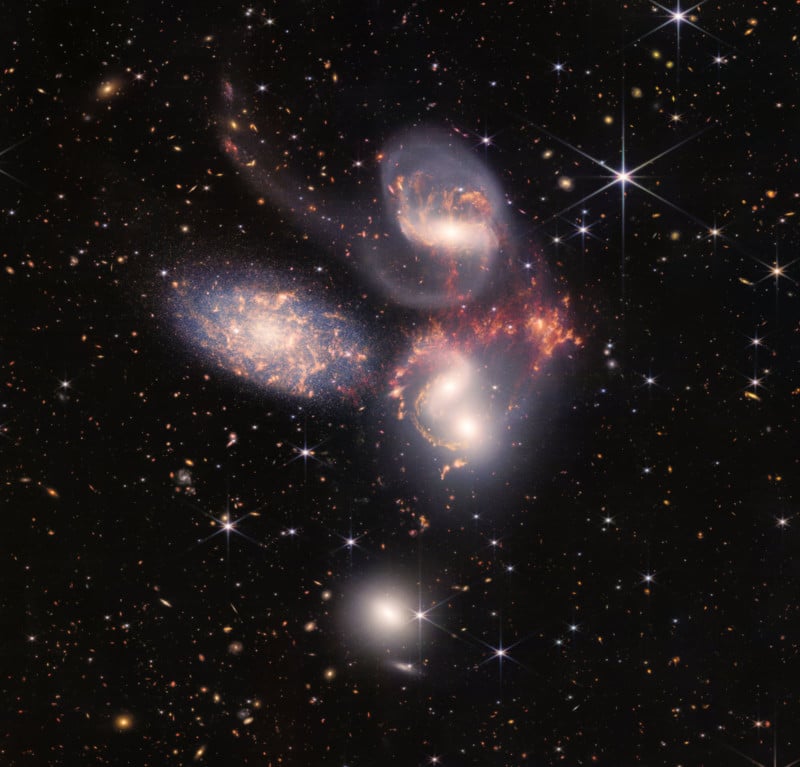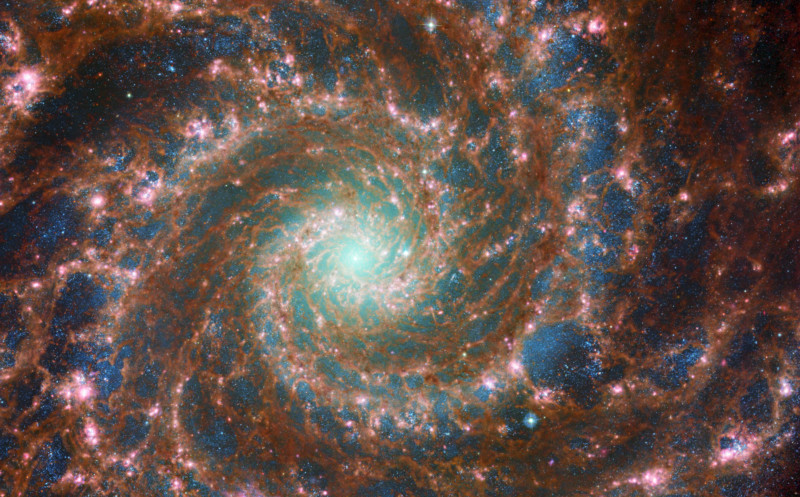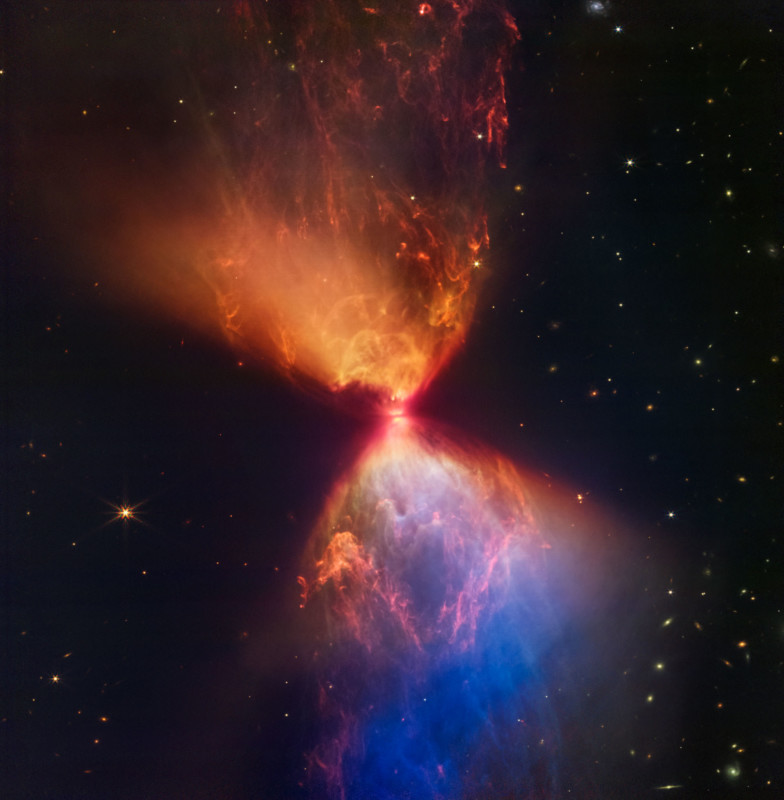New Documentary Helps Wrap Your Mind Around James Webb’s Photos
Following the success of the “Ultimate Space Telescope” documentary, PBS’s science series NOVA has released a second film titled “New Eye on the Universe” that aims to provide a better understanding of how James Webb is deepening the understanding of the universe.
The hour-long documentary premiered last night (February 22) on PBS and is now available to stream on YouTube and PBS. The NOVA team says that the purpose of this documentary was to answer questions about the impact the James Webb Space Telescope’s (JWST) photos are having on the scientific community.
“With tons of new data and spectacular images flooding in, Webb is allowing scientists to peer deep in time to try to answer some of astronomy’s biggest questions,” PBS says. “When — and how — did the first stars and galaxies form? And can we see the fingerprints of life in the atmospheres of distant worlds–or even within our own solar system?”

PBS NOVA says that with tons of new data and spectacular images flooding in, Webb can help humanity pull back the curtain and look further back in time than ever before, and do so with spectacularly beautiful detail.
The documentary explains that because of the many cameras that JWST is equipped with, it is able to look at different subjects and answer a whole host of questions.
“Scientists are enraptured by what JWST may be able to tell us about whether there might be life out there in the universe, specifically on exoplanets—alien worlds that exist beyond our solar system,” NOVA explains.

But at the same time, researchers are looking for exoplanets that have the key ingredients essential for life like water, carbon dioxide, and methane. JWST is also searching for the chemical building blocks of life in Earth’s solar system. Beyond that, astronomers are using the space telescope’s findings to learn about supermassive black holes, perhaps the most mysterious objects in the universe.
“Scientists have long wondered how supermassive black holes are formed, but dense clouds of dust have made it almost impossible for them to study the action unfolding with,” PBS NOVA explains.
“Now, thanks to JWST’s powerful infrared spectroscopes, scientists can peer through the dust and identify supermassive black holes in unprecedented detail—giving them a close-up view of what’s happening inside the galaxies and what the supermassive black holes are doing to the surrounding areas. Hopes are high that in the coming years this unprecedented level of detail will provide new clues to how this relationship between supermassive black holes and their galaxies took shape.”
PBS says that the film also documents how JWST’s findings may help answer a question that has puzzled astronomers for decades: how did the universe first turn on its lights?

“We’ve put together a lot of the pieces in the 13.8 billion year story of the universe, but there are some missing pieces in this cosmic history. One of the critical gaps is early in the narrative—how galaxies came to be after the Cosmic Dark Ages, several hundred million years when stars themselves didn’t exist,” PBS explains.
“JWST’s infrared eye is like a time machine that allows us to look further back in time than we ever have — to find ancient galaxies.”
While the documentary can be streamed on YouTube now, it’s not clear how long that will remain the case. “The Ultimate Space Telescope” documentary from last year was originally available there but has since been made private (it is still available directly from PBS). YouTube remains one of the most accessible ways to watch videos, so those who want to catch it while it’s easy to watch should do so sooner rather than later.